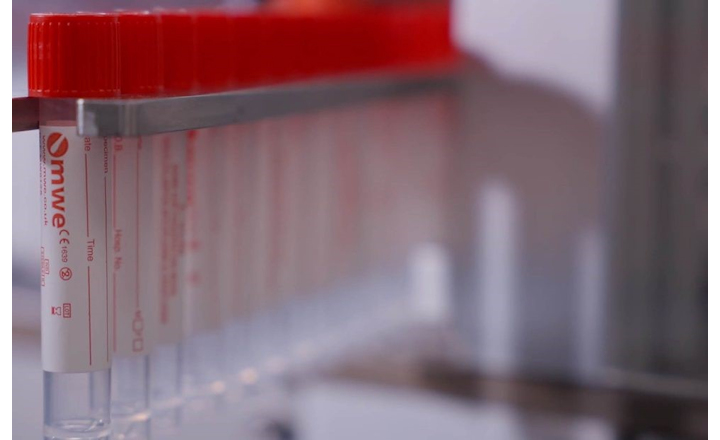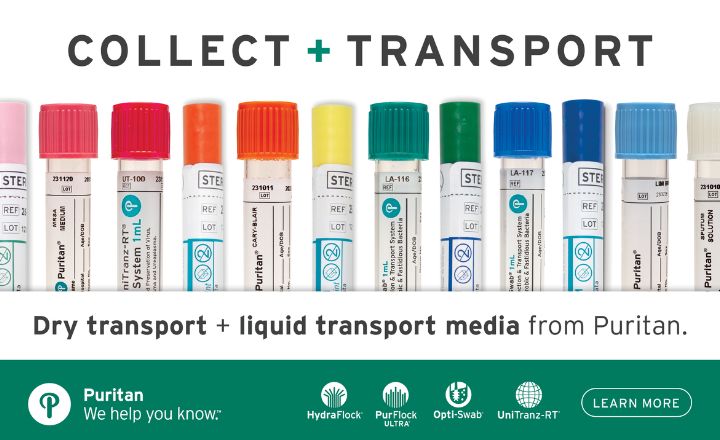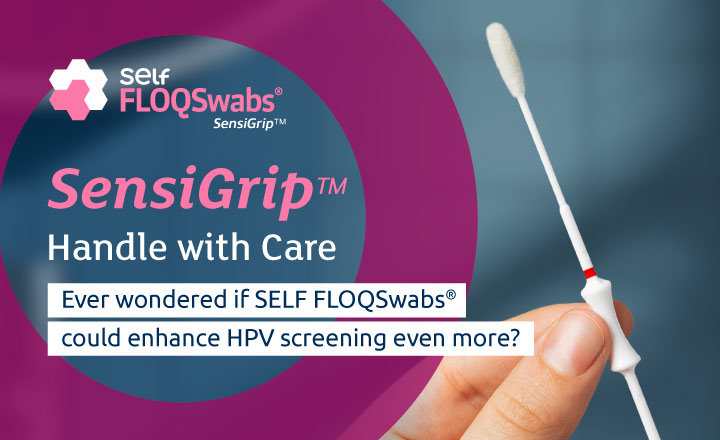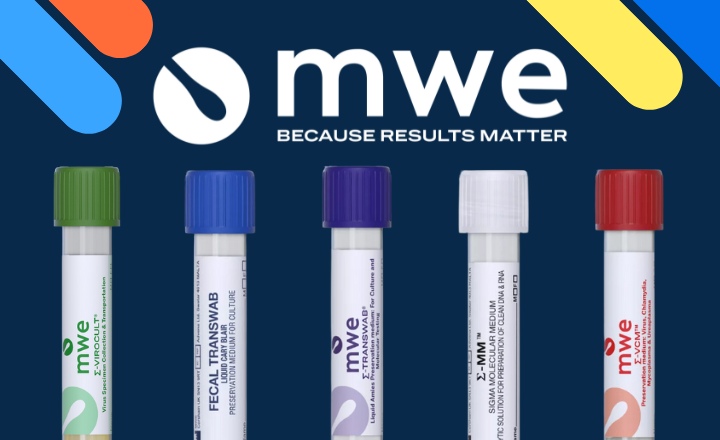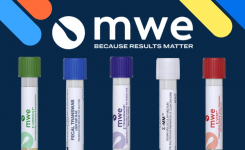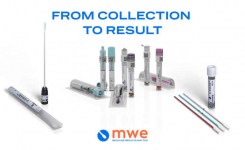Monkeypox is a member of the Orthopoxvirus genus.
Its natural reservoirs are squirrels and monkeys in west and central Africa, but humans can be infected. Symptoms will appear approximately 12 days after infection beginning with fever and headache, followed within the next 3 days by a rash (pustules/blisters) and swollen glands.
While the disease is generally self-limiting, and not life-threatening, serious complications can occur. Vaccines are available for individuals at risk.
Monkeypox is diagnosed by performing a PCR test on a viral swab taken from one or more vesicles or ulcers, or from a dry scraping of the scab.
Swabs should be sent in viral transport media, such as Σ Virocult® MW951S or Σ VCM™ MW910S.
Scab scrapings should only be taken if there are no other lesions and sent in a dry sterile tube. Testing of scrapings may take longer than a lesion swab (1).
If specimens require to be inactivated (2,3) Σ MM™ MWMM or MW0250 can be used.
MWE’s ranges have been the products of choice globally, and are being used as inactivation and liquid transport media for Monkeypox.
We also request that you refer to the guidelines in your country to find out the type of product being recommended (e.g. viral transport media vs dry swab).
Codes for DRYSWAB™ with Dry Sterile Tubes from MWE:
- 325001 (Foam DRYSWAB™ with tube)
- 325002 (Flocked DRYSWAB™ with tube)
- 325003 (Rayon DRYSWAB™ with tube)
- 325004 (Dacron DRYSWAB™ with tube)
- 325005 (Mini Tip Foam DRYSWAB™ with tube)
- 325006 (Mini Tip Flocked DRYSWAB™ with tube)
To discuss how to find the right transport swab for Your Monkeypox Virus Testing, visit Medical Wire or use the Request Information button below
References:
1. Monkeypox: diagnostic testing – GOV.UK (www.gov.uk)
2. Vinner & Fomsgaard, 2007, Inactivation of orthopoxvirus for diagnostic PCR analysis, Journal of Virological Methods,146:401-404
3. 2014-cha-procedures-inactivation-ebola.pdf (paho.org)


